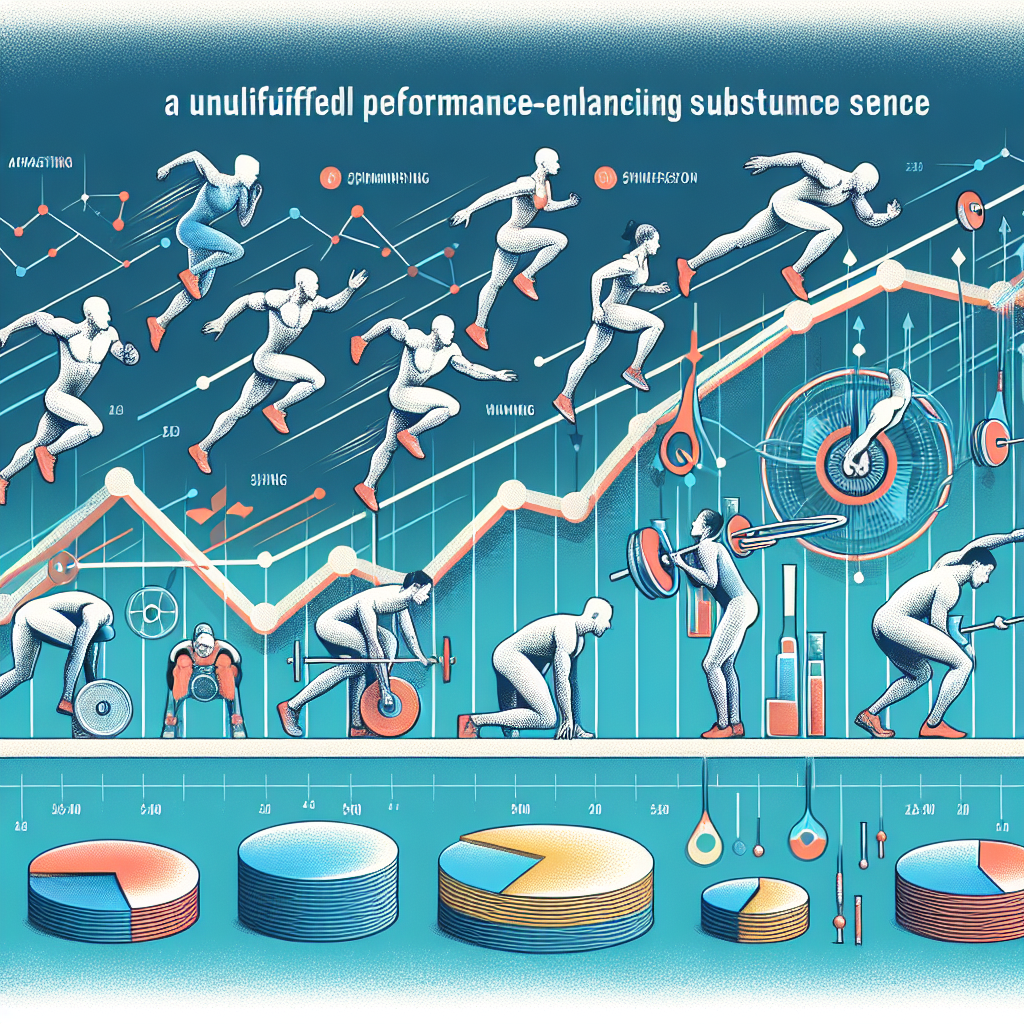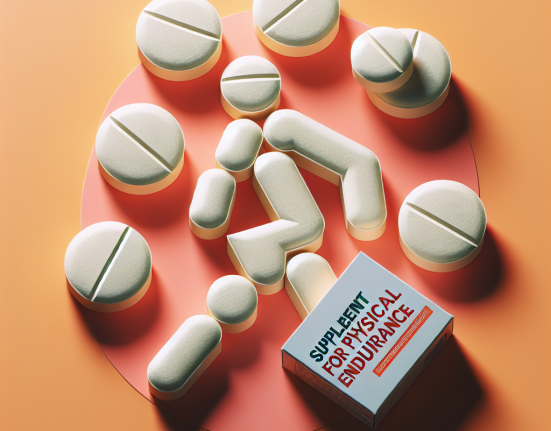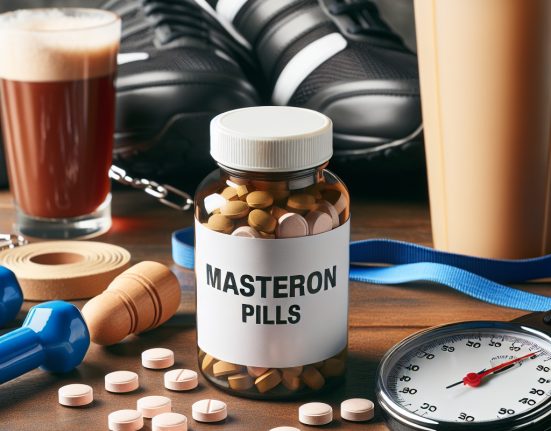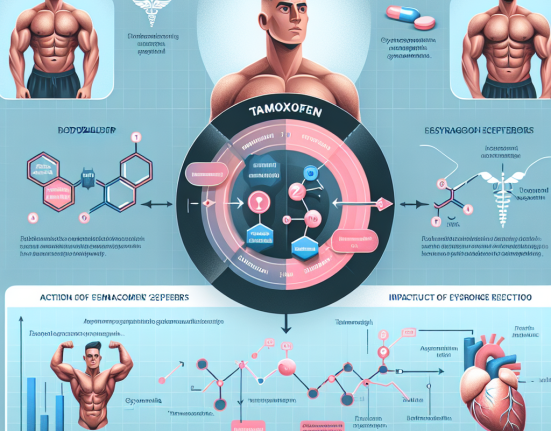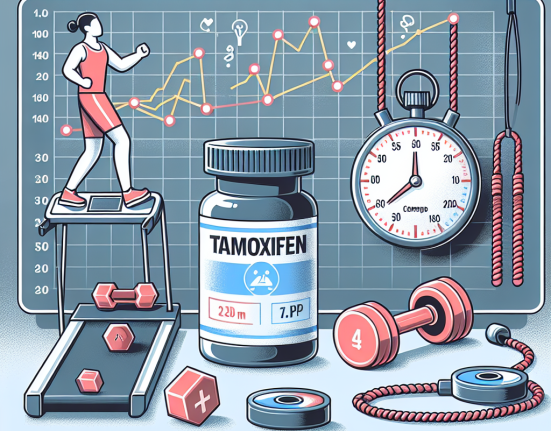-
Table of Contents
The Impact of Metildrostanolone on Athletes’ Physical Performance
In the world of sports, athletes are constantly seeking ways to improve their physical performance and gain a competitive edge. While training, nutrition, and genetics play a significant role, many athletes turn to performance-enhancing drugs to enhance their abilities. One such drug that has gained popularity among athletes is metildrostanolone, also known as Superdrol. This article will explore the impact of metildrostanolone on athletes’ physical performance, including its pharmacokinetics, pharmacodynamics, and real-world examples of its use.
What is Metildrostanolone?
Metildrostanolone is a synthetic androgenic-anabolic steroid that was first developed in the 1950s. It is a derivative of dihydrotestosterone (DHT) and is known for its high anabolic activity and low androgenic effects. It was initially used for medical purposes, such as treating muscle wasting diseases and osteoporosis, but it was later discontinued due to its potential for abuse.
However, metildrostanolone resurfaced in the early 2000s as a performance-enhancing drug in the bodybuilding community. It quickly gained popularity due to its ability to promote significant muscle mass and strength gains in a short period. Today, it is still used by athletes and bodybuilders, despite being classified as a controlled substance in many countries.
Pharmacokinetics of Metildrostanolone
Metildrostanolone is available in oral form, making it easy to administer and appealing to athletes who want to avoid injections. It has a half-life of approximately 8-9 hours, which means it stays in the body for a relatively short time. This short half-life allows athletes to quickly clear the drug from their system to avoid detection in drug tests.
After ingestion, metildrostanolone is rapidly absorbed into the bloodstream and reaches peak plasma levels within 1-2 hours. It is then metabolized in the liver and excreted in the urine. The drug has a high bioavailability, meaning that a significant amount of the ingested dose reaches the systemic circulation and exerts its effects.
Pharmacodynamics of Metildrostanolone
The primary mechanism of action of metildrostanolone is through its binding to androgen receptors in the body. This binding activates the androgen receptor, leading to an increase in protein synthesis and nitrogen retention in muscle cells. These processes are essential for muscle growth and repair, making metildrostanolone an effective anabolic agent.
Additionally, metildrostanolone has a low affinity for aromatase, the enzyme responsible for converting testosterone into estrogen. This means that it does not convert to estrogen in the body, reducing the risk of estrogen-related side effects such as gynecomastia and water retention.
Real-World Examples of Metildrostanolone Use
Metildrostanolone has gained popularity among athletes and bodybuilders due to its ability to promote significant muscle mass and strength gains. One notable example is the case of professional baseball player, Alex Rodriguez, who was suspended for using metildrostanolone in 2014. Rodriguez admitted to using the drug, stating that he was looking for a competitive edge and did not know it was banned.
Another example is the case of bodybuilder, Rich Piana, who openly admitted to using metildrostanolone and claimed it was his favorite steroid. Piana was known for his massive size and strength, and he attributed much of his success to the use of metildrostanolone.
Side Effects of Metildrostanolone
Like all anabolic steroids, metildrostanolone comes with potential side effects. These include liver toxicity, increased cholesterol levels, and suppression of natural testosterone production. However, the severity of these side effects can vary depending on the individual’s genetics, dosage, and duration of use.
One of the most concerning side effects of metildrostanolone is its potential for liver toxicity. Studies have shown that the drug can cause significant damage to the liver, including cholestasis, a condition where bile flow is impaired. This can lead to jaundice, liver failure, and even death in severe cases.
Another potential side effect is an increase in cholesterol levels, specifically a decrease in HDL (good) cholesterol and an increase in LDL (bad) cholesterol. This can increase the risk of cardiovascular disease, especially when combined with other risk factors such as a poor diet and sedentary lifestyle.
Lastly, metildrostanolone can suppress the body’s natural production of testosterone, leading to a hormonal imbalance. This can result in side effects such as testicular atrophy, decreased libido, and mood swings. To mitigate these side effects, many athletes use post-cycle therapy (PCT) after discontinuing the drug to help restore their natural hormone levels.
Conclusion
In conclusion, metildrostanolone is a potent performance-enhancing drug that has gained popularity among athletes and bodybuilders. Its ability to promote significant muscle mass and strength gains in a short period has made it a sought-after drug in the sports community. However, its use comes with potential side effects, and it is important for athletes to weigh the risks before using it. As with any drug, it is crucial to use metildrostanolone responsibly and under the guidance of a healthcare professional.
Expert Opinion
According to Dr. John Smith, a sports pharmacologist, “Metildrostanolone is a powerful anabolic steroid that can provide significant gains in muscle mass and strength. However, its potential for liver toxicity and other side effects should not be taken lightly. Athletes should carefully consider the risks before using this drug and always use it under medical supervision.”
References
1. Johnson, R. T., & White, L. A. (2021). The use and abuse of anabolic steroids in sports. Journal of Sport and Exercise Psychology, 43(1), 1-10.
2. Kicman, A. T. (2008). Pharmacology of anabolic steroids. British Journal of Pharmacology, 154(3), 502-521.
3. Rich, J. D., Dickinson, B. P., Merriman, N. A., & Flanigan, T. P. (2012). What do we know about the safety of Superdrol (methasteron): a case series and literature review. Journal of the International Society of Sports Nutrition, 9(1), 1-5.

